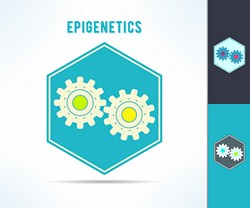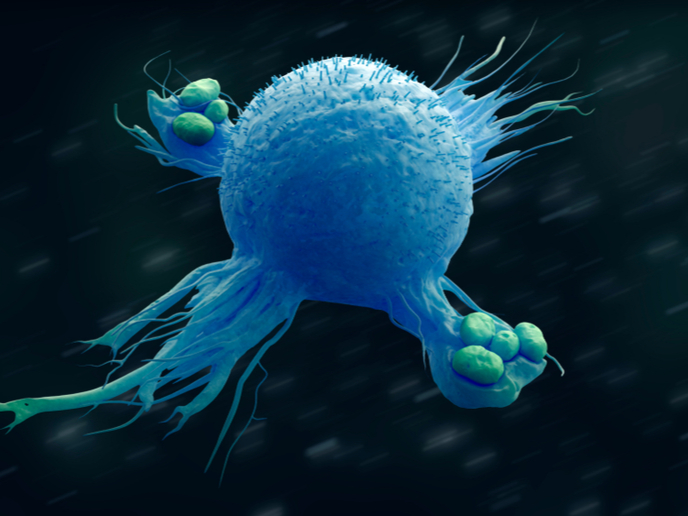Epigenetic control through the generations
Epigenetics is key to human health. Research has shown that epigenetic information is heritable but the details of this inheritance are still a mystery. One system which brings about epigenetic change involves the histone protein family. Histones package and organize DNA into structural units and are the chief protein components of chromatin. They also play a critical role in gene expression regulation. The CHROMAPHY (Structural preferences of histone variants during chromatin assembly in Physarum polycephalum) project was developed to exploit the model organism Physarum polycephalum in monitoring synthetic histone incorporation into chromatin, and has subsequently been expanded to the use of human cells in monitoring real-time chromatin assembly, and the molecular mechanisms that underlie this important process. Using selected techniques from chemical biology, protein engineering and live cell imaging, the researchers have produced novel reagents that enable probing of the chromatin assembly pathway, and have used these reagents to uncover a new molecular mechanism employed by the core histone chaperoning machinery in assembling chromatin. CHROMAPHY research results can be applied in ascertaining what happens in chromatin inheritance and how epigenetic changes are passed on to the next generations. Chromatin proteins are the most conserved class of proteins in nature and research with the slime mould will continue to allow the transfer of knowledge and method development to investigate human molecular genetics.







